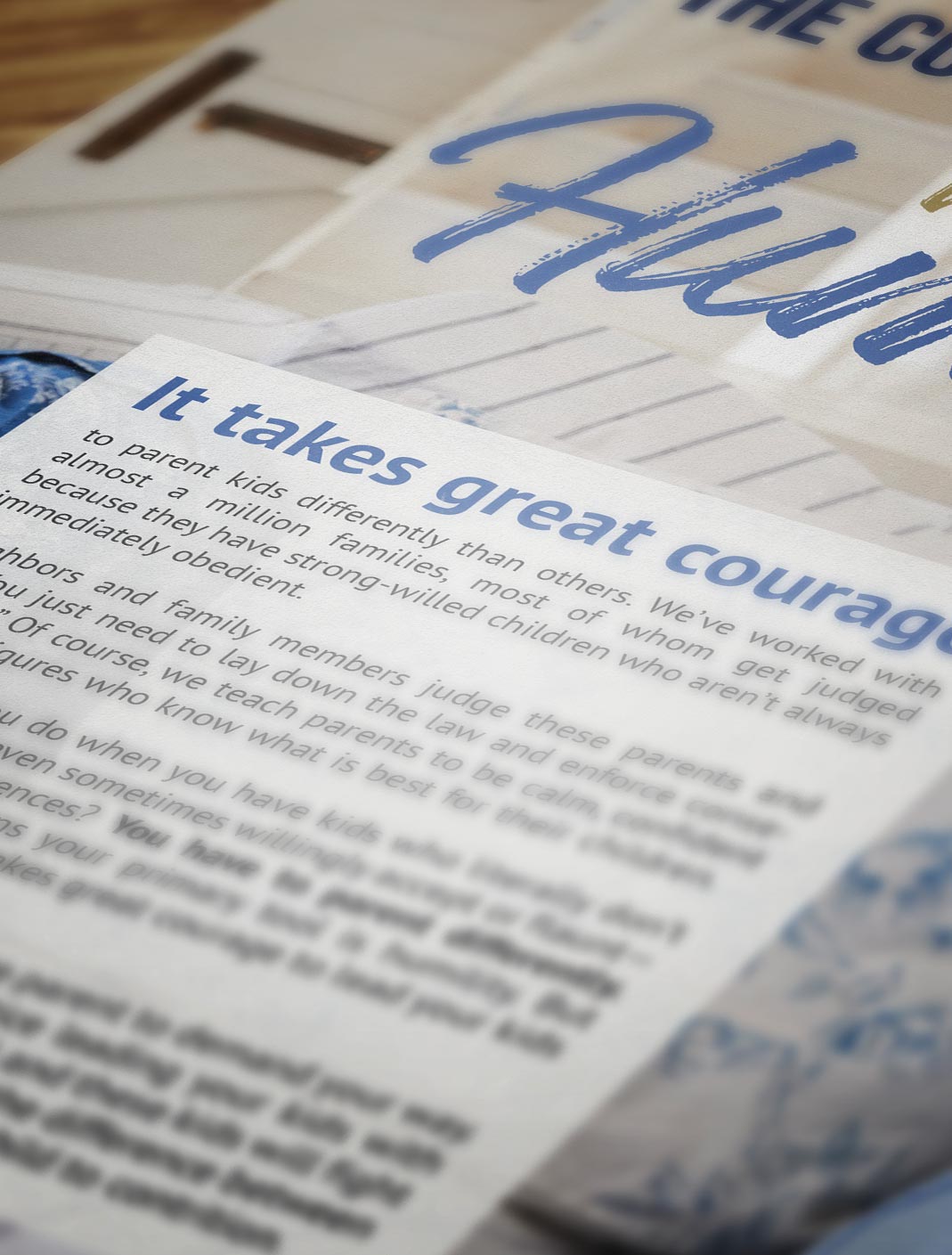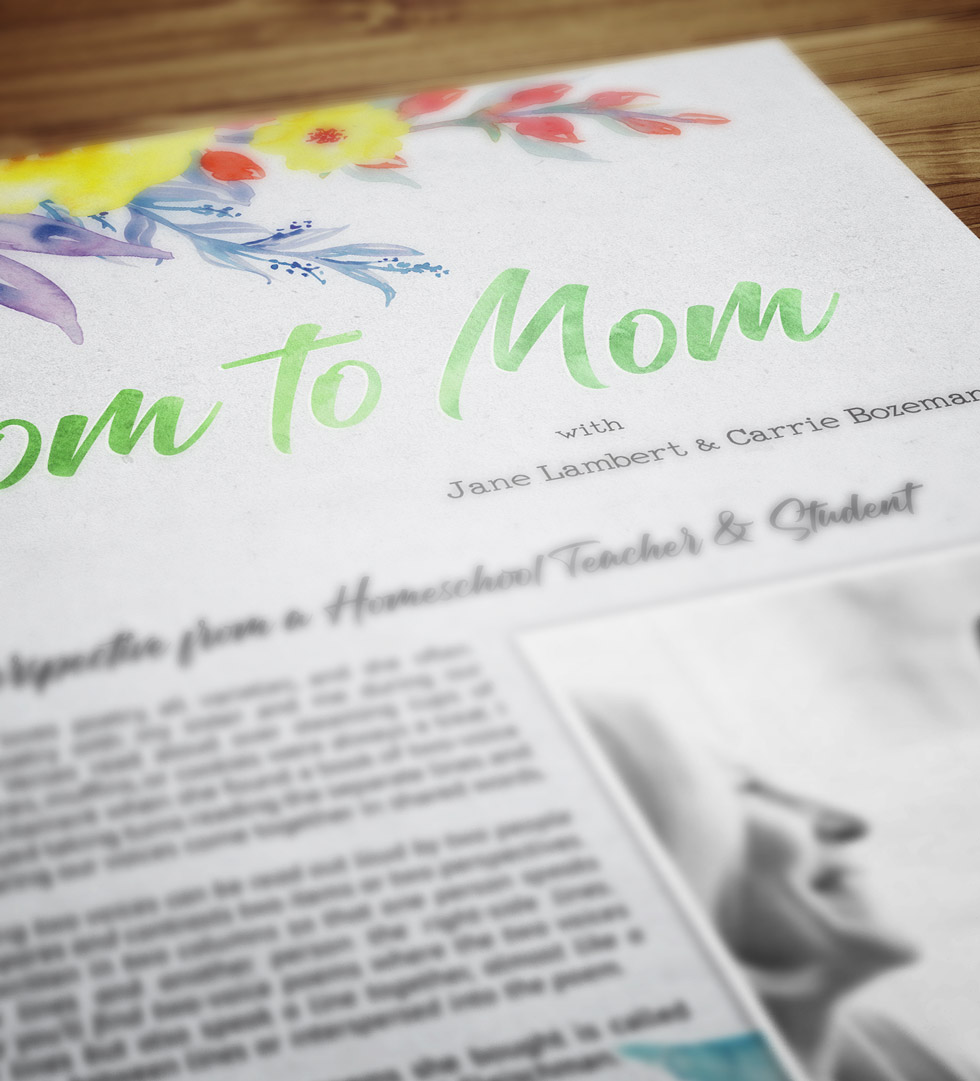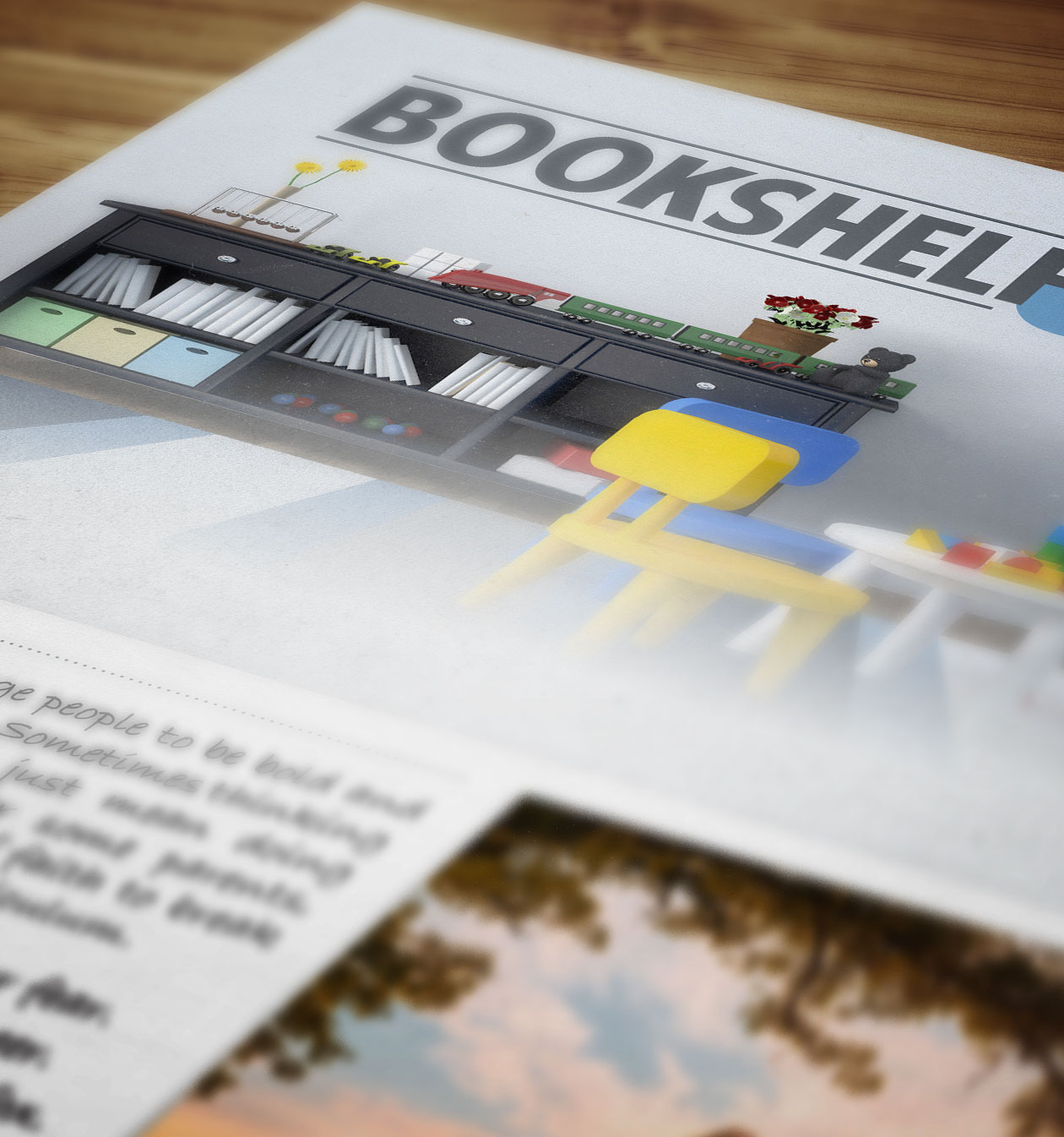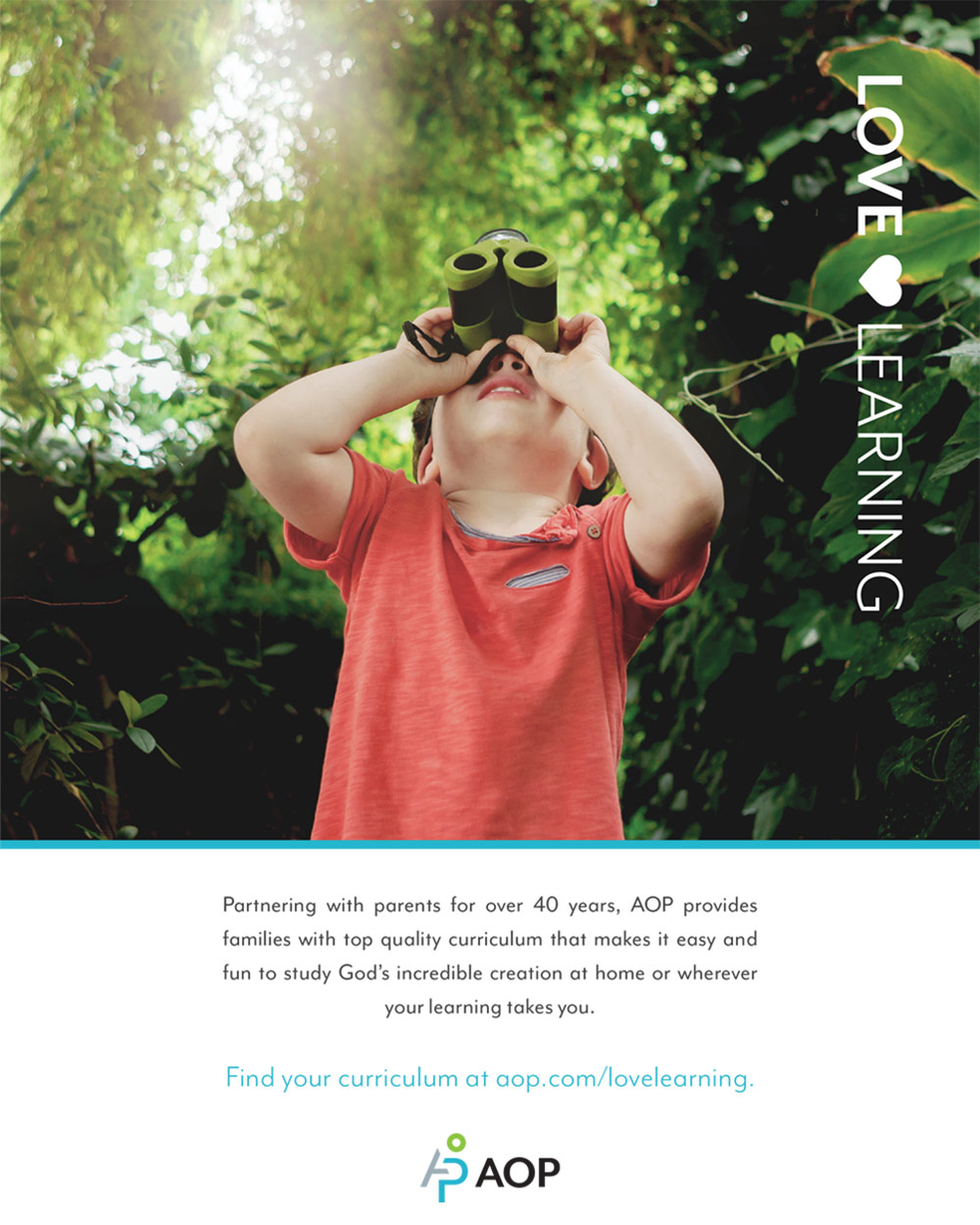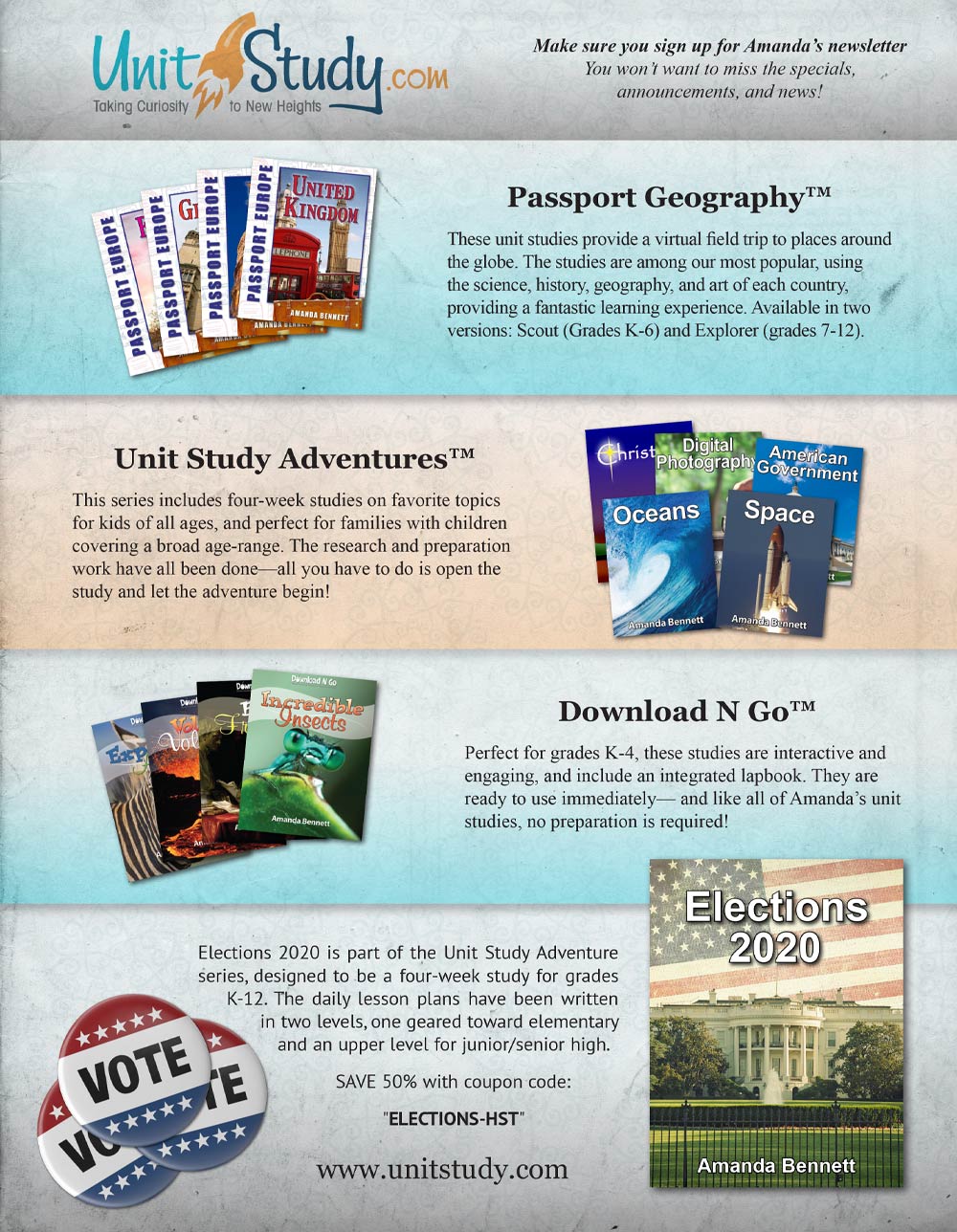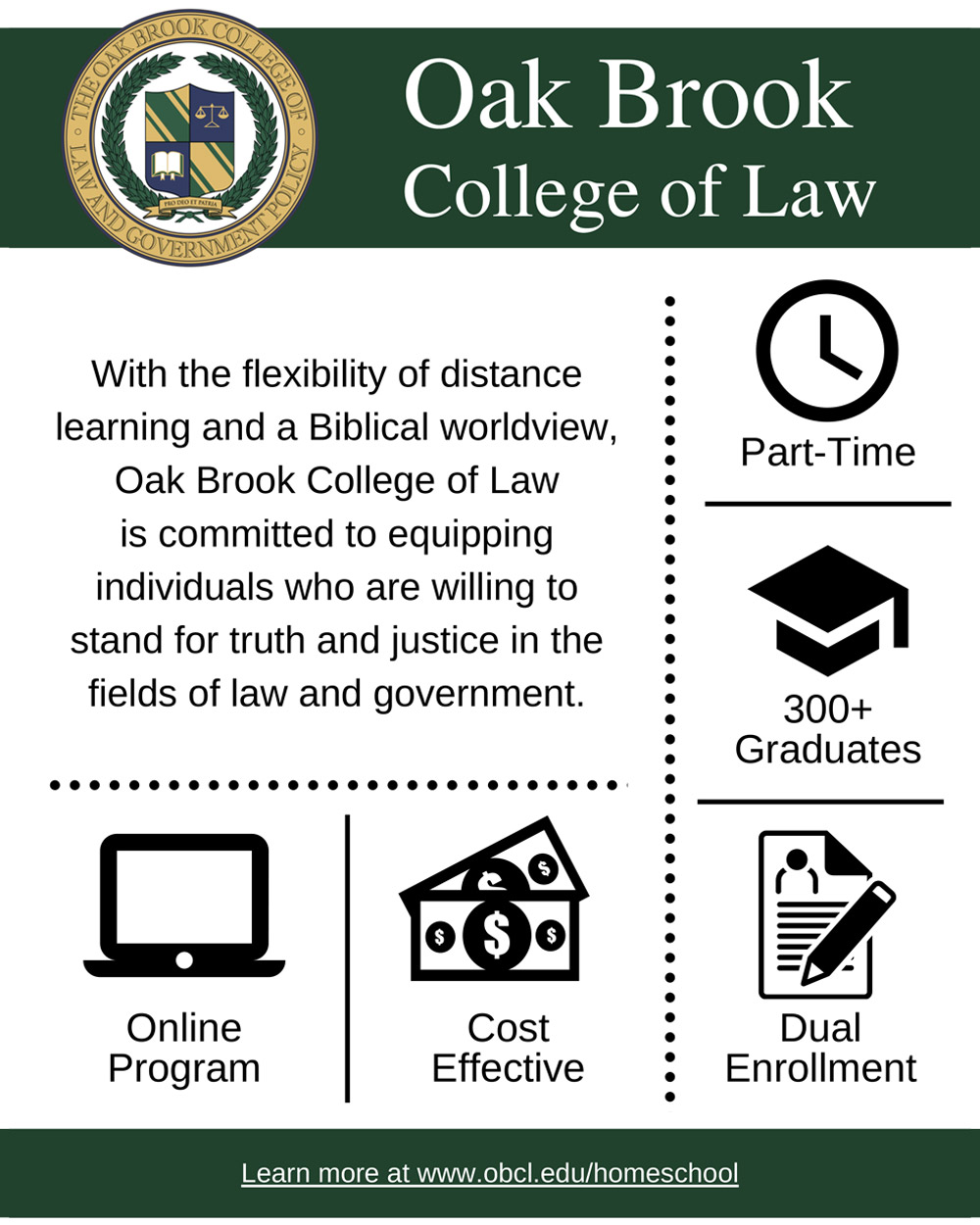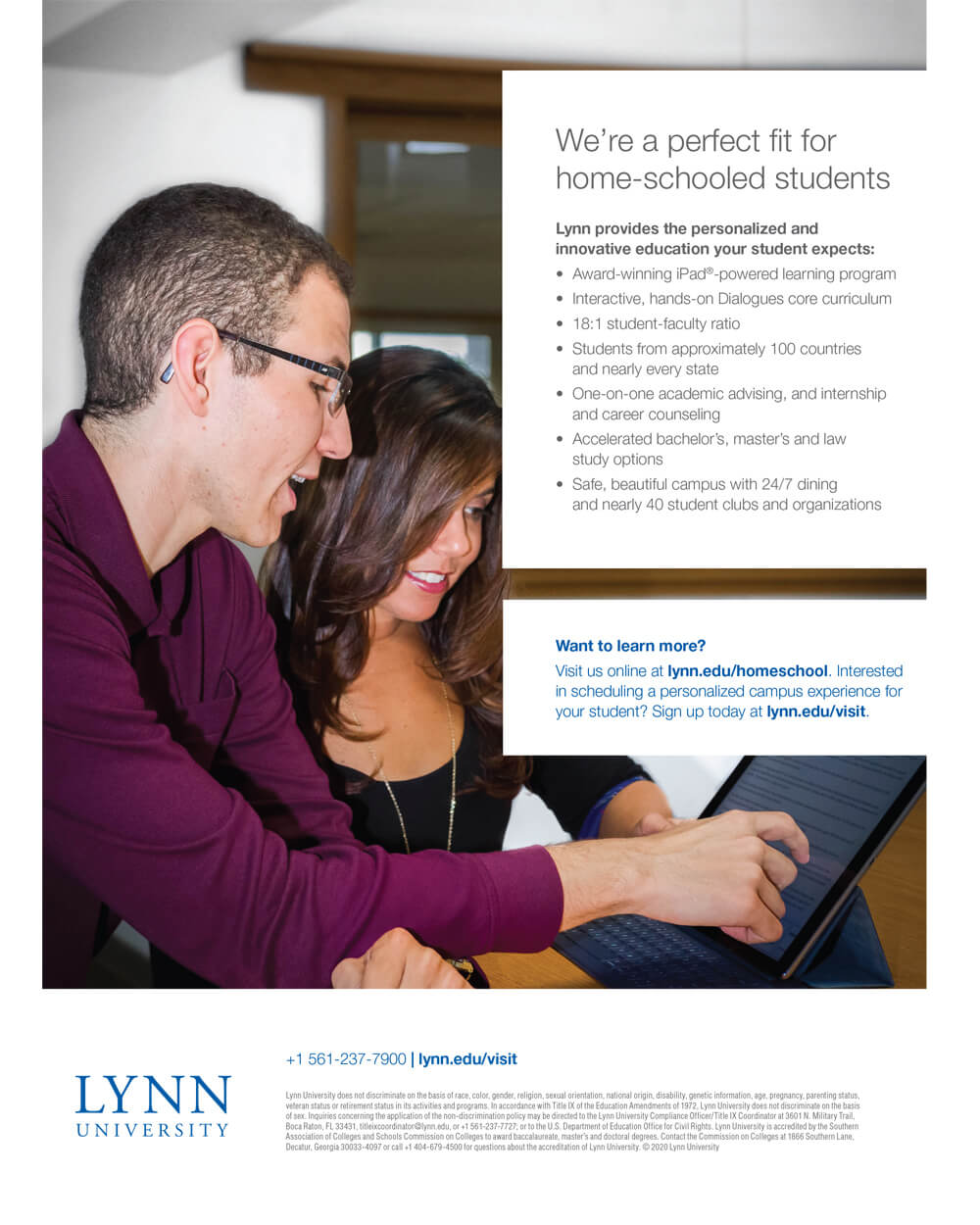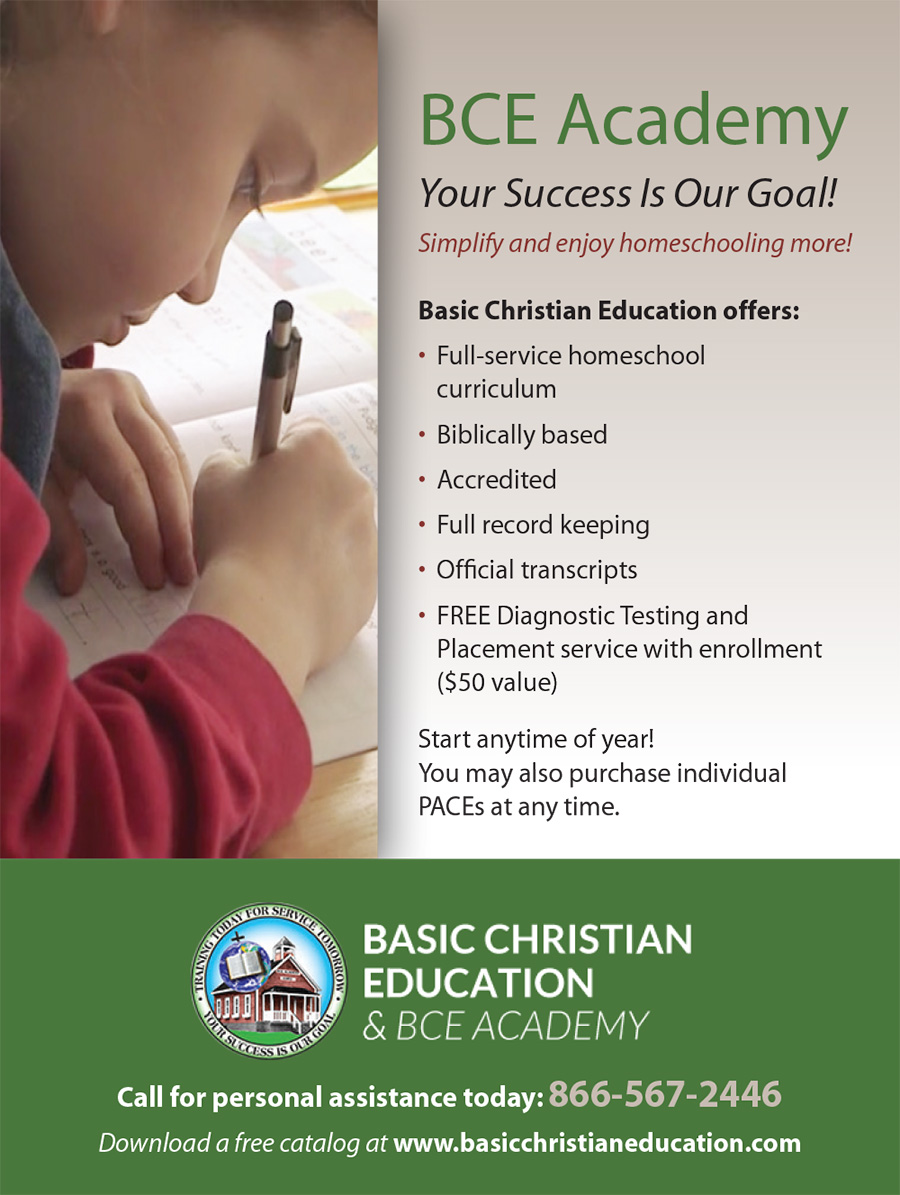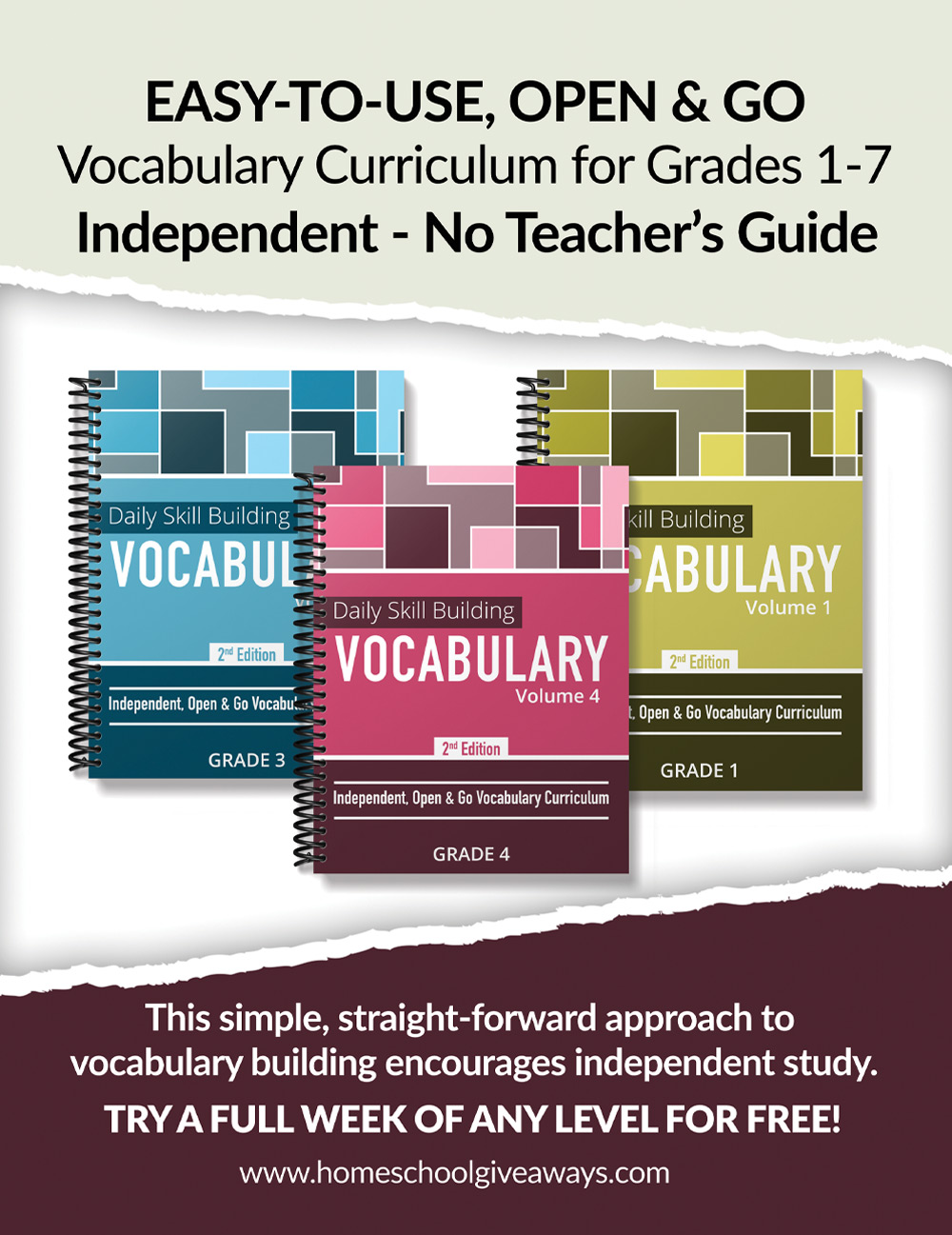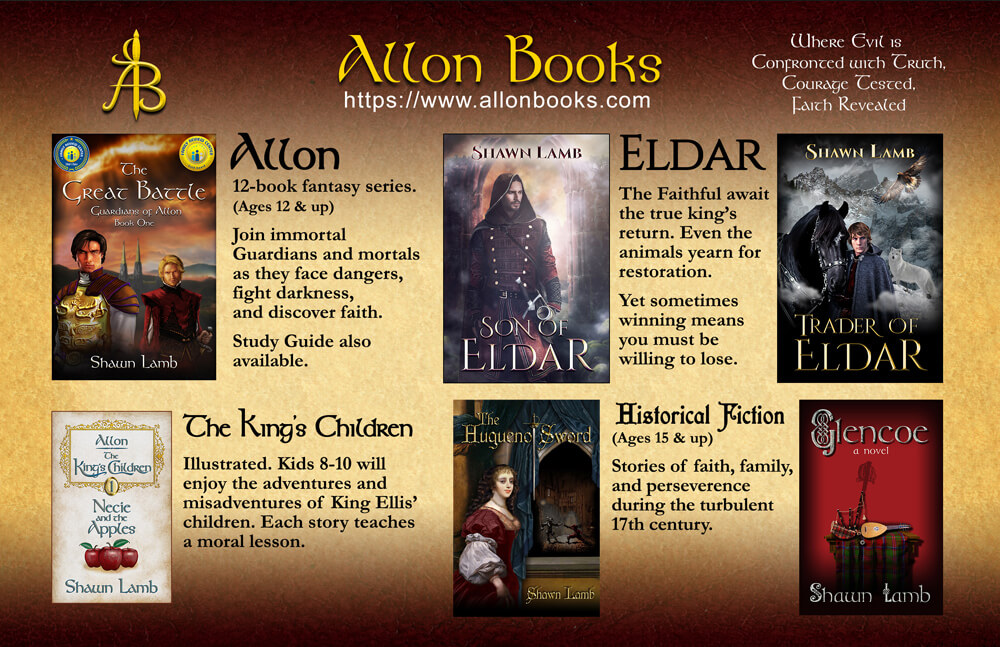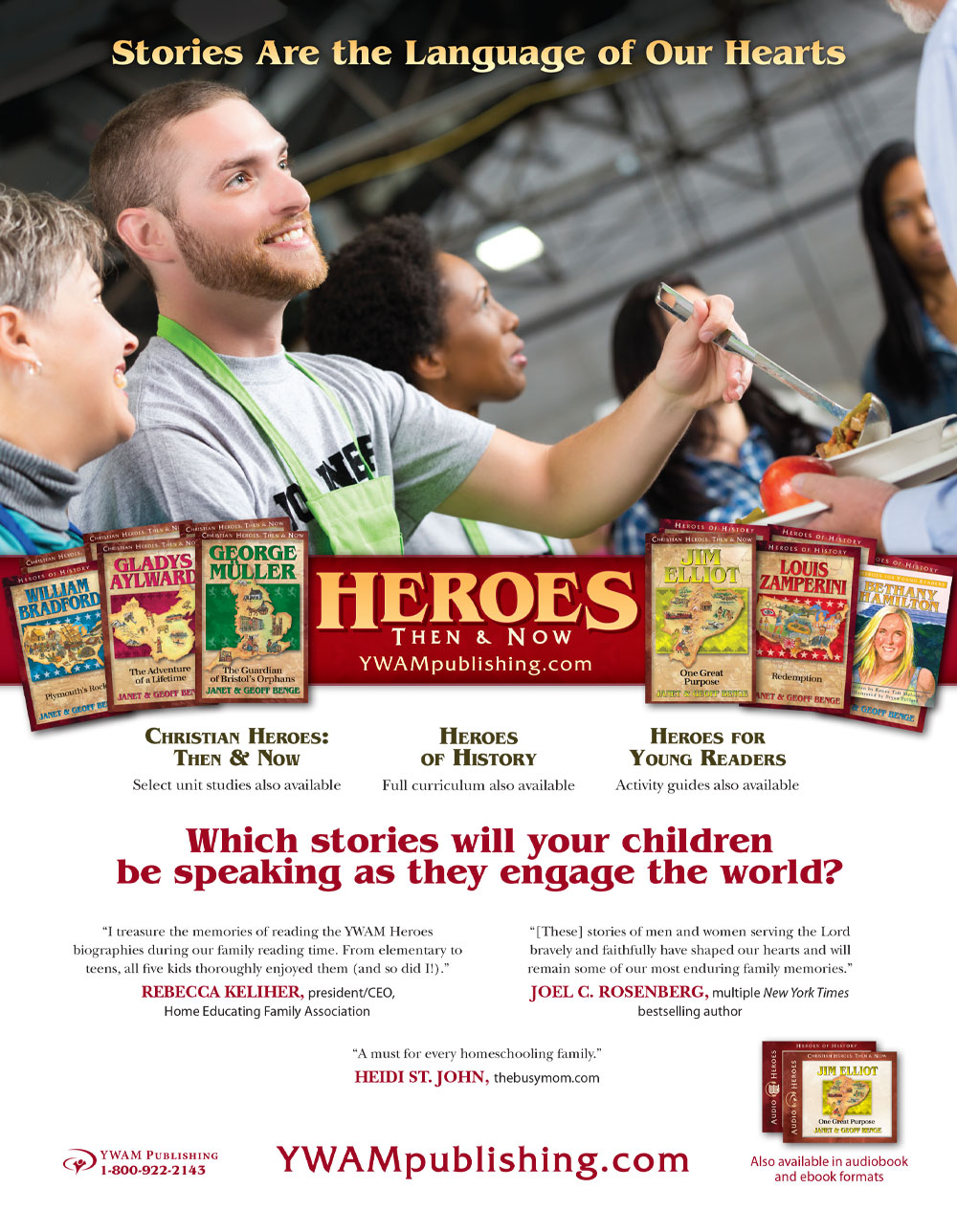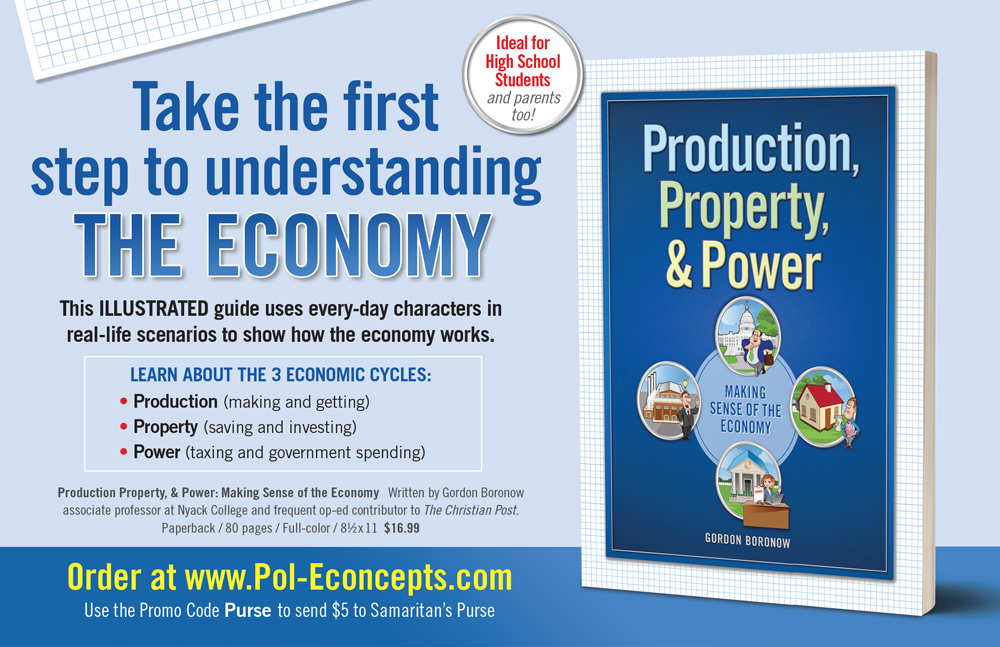
What Lies between Vision & Outcome?
Courage.
The next necessary attribute of a pioneer moves us from the place of forming a vision, to seeing that vision come to pass. It is courage. Courage to believe in the vision and the One who gave it to you. This issue of Homeschooling Today deals with the many aspects of courage and how we can apply it to our lives, homes, and homeschools, because they all work hand in hand. You cannot separate parenting and home life from home education. It would be nice if we could put these things into neat little boxes to be opened and closed at the appropriate times. But children don’t seem to ever fit into neat little boxes, do they? And it is the messiness that usually makes us. There is great beauty in being with your family members, all day, every day. There is a lot of messiness too. Tempers flare, egos get hurt, overreactions take place, and we do our best to keep all the balls in the air. We have good days and bad days. We try to keep our patience. We fail. We regret failing. We try again.
This is all to say, it takes great courage to homeschool. Don’t let anyone tell you otherwise. That’s why I encourage you to print out the homeschool parent’s pledge and recite it with me as often as is needed so truth can be lodged in our hearts and displace the lies that threaten to steal from us.



I will not allow fear to be in charge of my homeschool. Instead, I choose to embrace courage.
Rather than dreading this experience, I choose to pursue joy and recognize the gift of this time together.
I vow to relinquish control of this endeavor to the only One who is perfect. I will not expect perfection from anyone but Him.
He who calls me is faithful (1 Thessalonians 5:24) and He will be with me providing help, creativity, guidance, and support at every turn.
Father, I thank you for this opportunity to walk with you and to teach my children. May your peace guard my heart and my mind as I give you all our needs (Philippians 4:6–7). Thank you that you’re with me and that I can do all things through Christ who gives me strength (Philippians 4:13)!



www.allonbooks.com
Alpha Omega Publications
www.aop.com
Artistic Pursuits
www.artisticpursuits.com
Basic Christian Education
www.basicchristianeducation.com
Beautiful Feet Books
www.bfbooks.com
Beyond the Stick Figure
www.beyondthestickfigure.com
The Billy Graham Library
www.billygrahamlibrary.org
CalcuLadder Math Drills
www.calculadder.com
Carole P. Roman
www.carolproman.com
Celebrate Simple & Cheryl Bastian
www.cherylbastian.com
Christianbook
www.christianbook.com
Connie Albers
www.conniealbers.com
Demme Learning
www.demmelearning.com
Durenda Wilson
www.durendawilson.com
Discipleship Bible Lessons
www.discipleshipbiblelessons.com
Five in a Row
www.fiveinarow.com
GeoMatters
www.geomatters.com
Godstruck Ministries 4 Kids
www.godstruckkids.com
Hip Homeschool Moms
www.hiphomeschoolmoms.com
www.homeschoolgiveaways.com
Homeschool Science
www.homeschoollabs.com
Kirkwood Education Online
www.kirkwoodeducationonline.com/
Kris Bales
www.weirdunsocializedhomeschoolers.com
Making Sense of the Economy
www.pol-econcepts.com
Math Mammoth
www.mathmammoth.com
Northwestern University
www.northwestern.edu
Oak Brook College of Law
www.obcl.edu
Profiles from History
www.profilesfromhistory.com
Rainbow Resources
www.rainbowresource.com
Real Science 4 Kids
www.gravitaspublications.com
RightStart Mathematics
www.rightstartmath.com
The Smiling Homeschooler & Todd Wilson
www.thesmilinghomeschooler.com
State History
www.statehistory.net
Trail Guide to Learning Series
www.trailguidetolearning.com
Unit Studies by Amanda Bennett
www.unitstudy.com
Table of Contents





Carrie: My mother loves poetry, all varieties, and she often shared books of poetry with my sister and me during our homeschool days. Verses read aloud over steaming cups of tea and warm scones, muffins, or cookies were always a treat. I remember her excitement when she found a book of two-voice poems*! We enjoyed taking turns reading the separate lines and occasionally hearing our voices come together in shared words.
A poem featuring two voices can be read out loud by two people and often compares and contrasts two items or two perspectives. It’s typically written in two columns so that one person speaks the left-side lines and another person the right-side lines. Occasionally you’ll find two-voice poems where the two voices speak their lines but also speak a line together, almost like a musical chorus, between lines or interspersed into the poem.
*Note: The book of two voice poems she bought is called Joyful Noise: Poems for Two Voices by Paul Fleischman.



“Cheryl, I want you to spend the first ten minutes of recess working with me on your mistakes.”
Everyone looked at me. They knew my paper was full of errors, again. I hated missing recess and needed time away from paper and pencil—fresh air and playtime with friends—to help relieve the stress of my academic struggles. Needless to say, some mornings I had tummy aches and wished I could stay home.
For some children, the fear of being wrong and not measuring up can be a breeding ground for perfectionism, anxiety, and an assortment of other emotions. As homeschooling parents, we have the ability to come alongside, make adjustments, and empower our children. Fears and concerns are a real part of life, and it is comforting to know someone will listen and understand.
New skills take practice. Children master skills on unique timelines with varying degrees of practice. Some need two minutes, while others need a few days. Some master a concept with three practice problems, while others need repeated introductions. Skill and concept acquisition are highly individual.
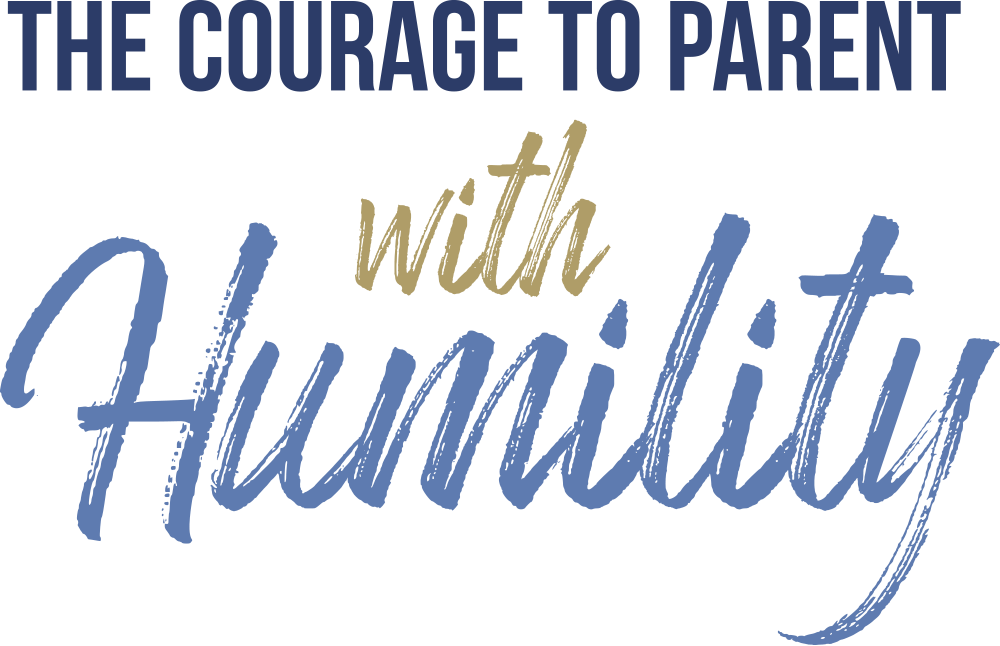

to parent kids differently than others. We’ve worked with almost a million families, most of whom get judged because they have strong-willed children who aren’t always immediately obedient.
Neighbors and family members judge these parents and say, “You just need to lay down the law and enforce consequences.” Of course, we teach parents to be calm, confident authority figures who know what is best for their children.
But what do you do when you have kids who literally don’t care about—and even sometimes willingly accept or flaunt—the worst consequences? You have to parent differently. Sometimes that means your primary tool is humility. But that sounds weak so it takes great courage to lead your kids with humility.
See, you have every right as the parent to demand your way. You do. But I want you to practice leading your kids with humility instead. Push and demand, and these kids will fight you. Humility breaks down walls. It’s the difference between demanding an apology and leading a child to contrition.
When you draw and lead these kids with humility, it releases them to do what is right. For example, two siblings are fighting. You demand that your child apologizes to his brother. He either resists or spits out, “Sorry, stupid brother!” And that’s what you deserve when you demand an apology!
Instead, you walk into the room and whisper, “I know you’re upset. I also know that when you’re ready, you know the right thing to do.”
And then you walk away and control your own anxiety, instead of freaking out that your child is somehow going to turn into a monster because he doesn’t immediately apologize like you do—especially if you’re a guilt-ridden people pleaser.

Courage
Winston Churchill said, “Success is not final, failure is not fatal: it is the courage to continue that counts.” Wouldn’t it be wonderful if we could will our teens to have more courage or if we could give them a “courage pill” so that they would try new ideas without being afraid of failing? That isn’t how it works. It would be nice if we could fill our children with courage that easily—but we can’t.
Having courage requires a far deeper work if you want your child to live without the nagging voice in their head that says, “you can’t,” or “you shouldn’t,” or “you will fail.” Courage takes confidence. The confidence to try or try again, coupled with trusting God, will lead them on a path to living a life of courage. Unfortunately, both might be missing in your young adolescents.
What does it take to instill more confidence so our teens will have the courage they need to try? We must guide them through a process of identifying what is happening and discovering the hindrances causing them to stumble. In other words, we must teach them to be aware of how they have made decisions in the past, process the decisions that didn’t work out, and find a way to help them gain the confidence they need for the future.



It’s comforting to cling to the familiar, the things we’ve always known. For those of us who grew up in the public school system, textbooks, worksheets, lectures, and seatwork were the bulwark of education. We tend to believe that if we don’t use those things in our homeschools, our kids will be left with gaps in their learning, unable to get into college or live in the real world.
But just like Linus’s blanket, none of those will give us the power to reach our true educational goals, though they may be steps in the process.
If you are a Peanuts fan, you’ve probably seen A Charlie Brown Christmas. Linus, carrying his blanket, walks onto the stage to recite the Christmas story.

The lovable, fuzzy main character of this picture book is courageous, and author/illustrator Don Freeman invites young listeners to join the beloved bear’s brave search. While on the journey through the closed department store, children learn to be less fearful of the dark, a common childhood concern.
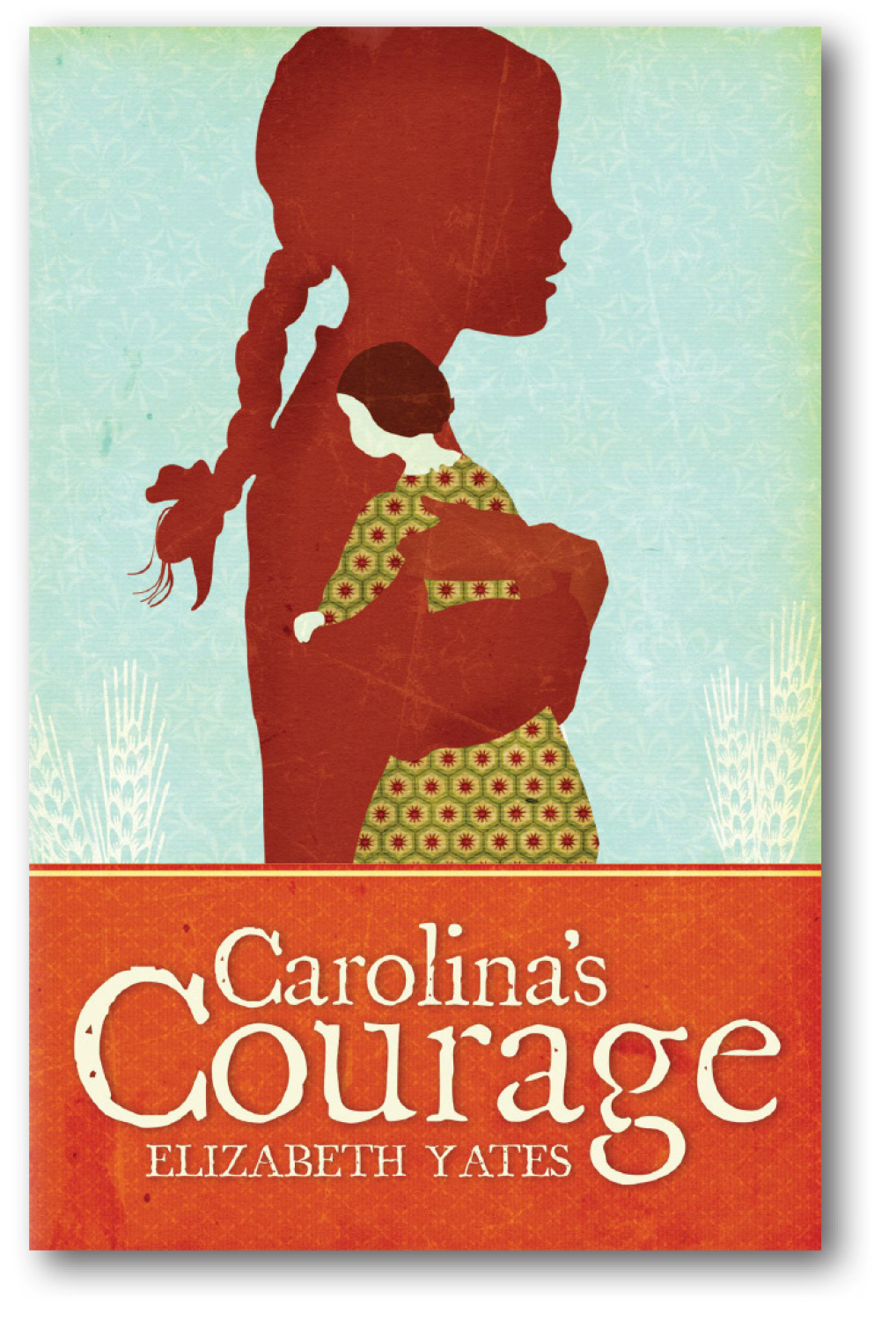
Author Elizabeth Yates was born in 1905. Her historical fiction comes alive through the use of her word choice. Carolina’s Courage is a poignant story, one that communicates the pioneer spirit, courage, and perseverance needed by families with vision. This story will not be forgotten after the last word is read.
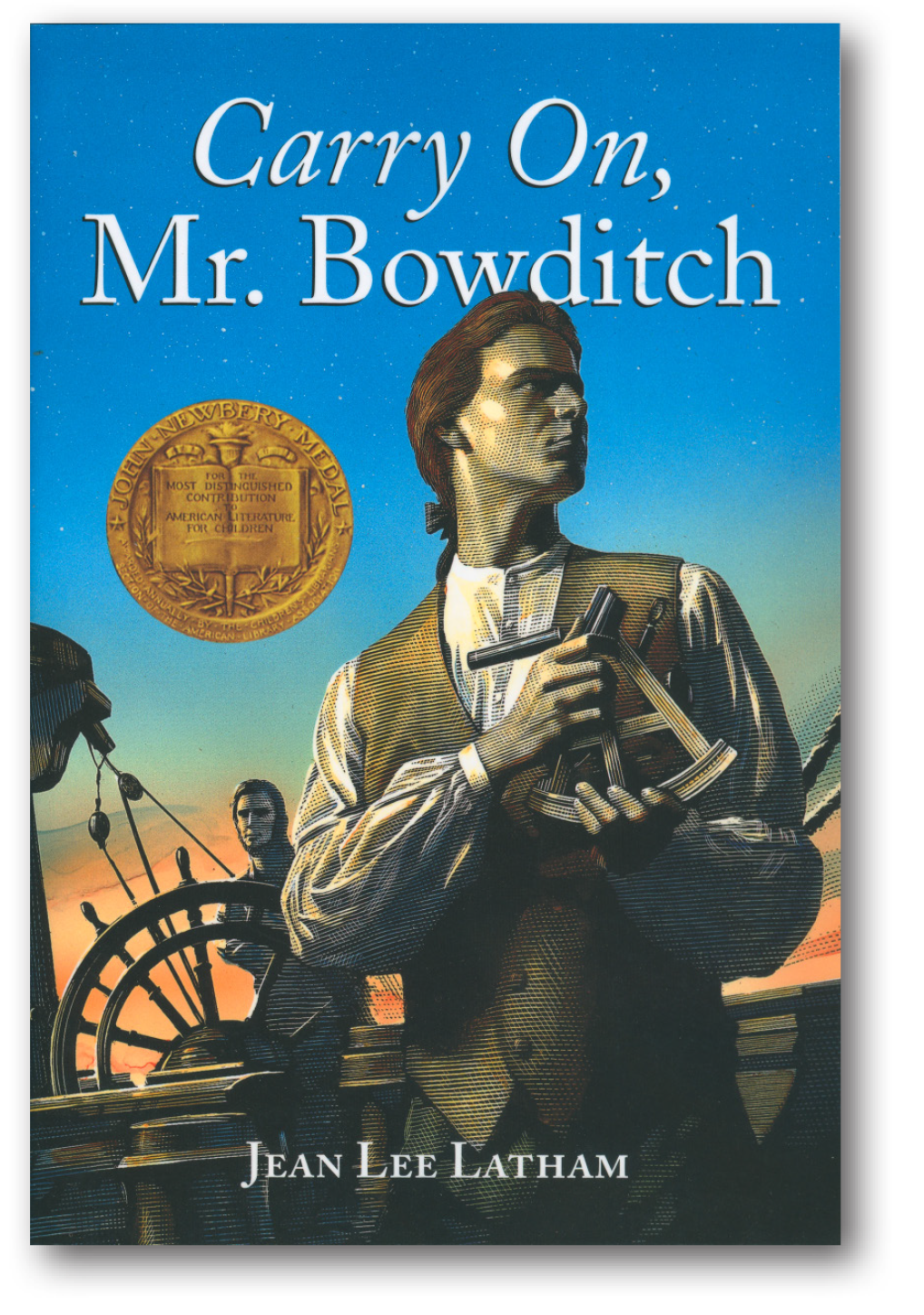
Readers meet Nat as a young child. Through her masterful writing, Jean Lee Latham takes the reader through his childhood and into his adult years. In the process, readers are escorted through America’s early beginnings, meeting some of the most influential people in history. Growing up in Salem, Nat lived in a sailor’s world, the place where he learned through observation and experience, eventually mastering sea navigation. He eventually compiled his knowledge, writing The New American Practical Navigator, first published in 1802. It is still a valuable reference for marine navigation hundreds of years later.
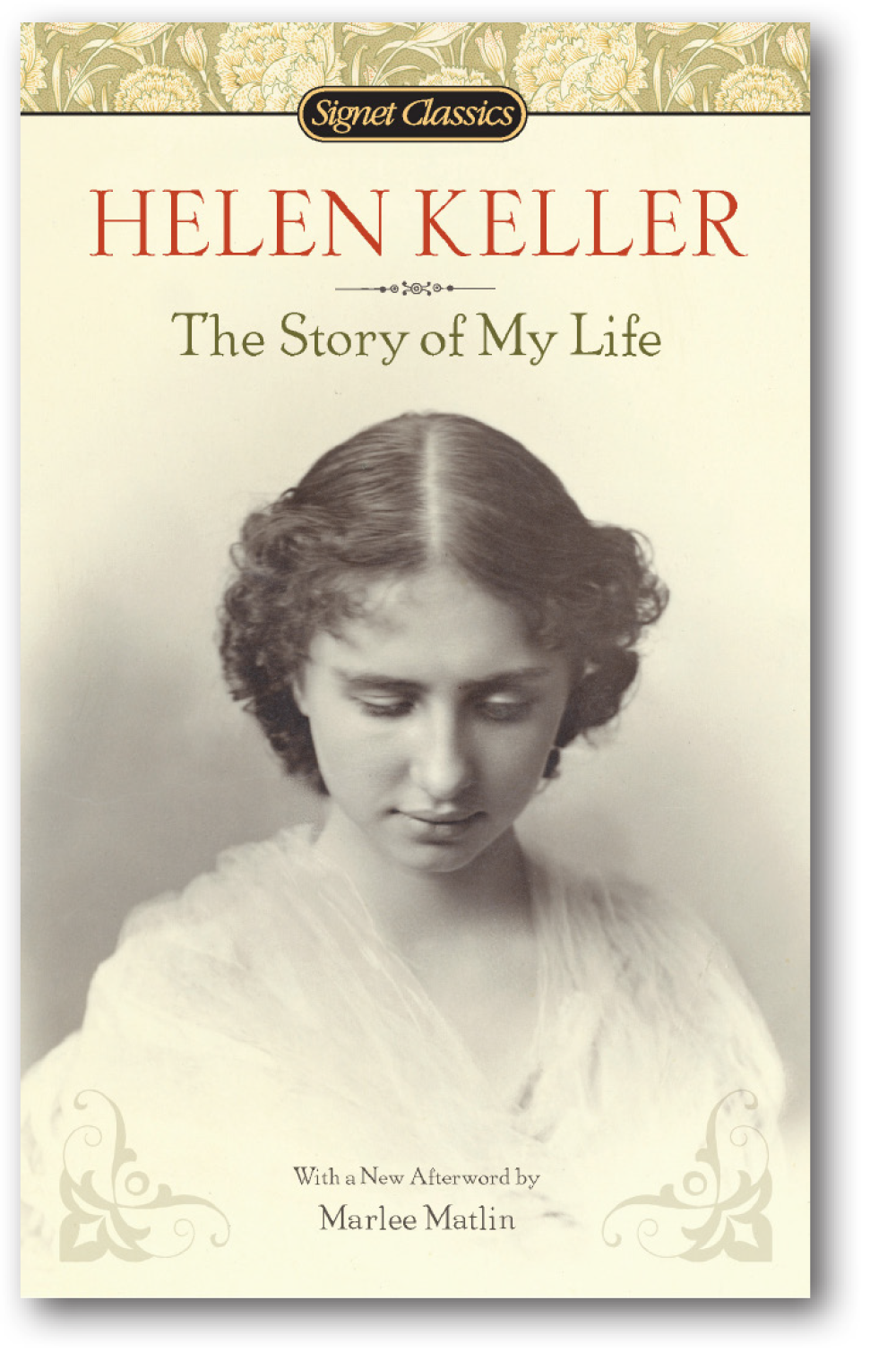
Helen’s parents decided to hire a teacher. Anne Sullivan was chosen and arrived at the Keller home. Helen later studied at Radcliffe College, a women’s school at Harvard, and graduated cum laude in 1904. She was the first deaf and blind person to earn a bachelor’s degree. Helen published articles in Ladies’ Home Journal and The Atlantic Monthly. She wanted to improve circumstances for people with handicaps by lecturing to audiences around the world. She authored twelve books and created an endowment for the American Foundation for the Blind. Helen received the Presidential Medal of Freedom.

Those are words I often hear others use to describe us, even though I don’t particularly associate any of them with myself. (Okay, maybe weird, but that’s not because I homeschool.)
One word you—and all the people who think we’re weird and patient—may not think of is courageous. While the term may not spring quickly to your mind, if you are a homeschooling parent, you are courageous. If I could explain that to my younger homeschooling self, here’s what I would say:
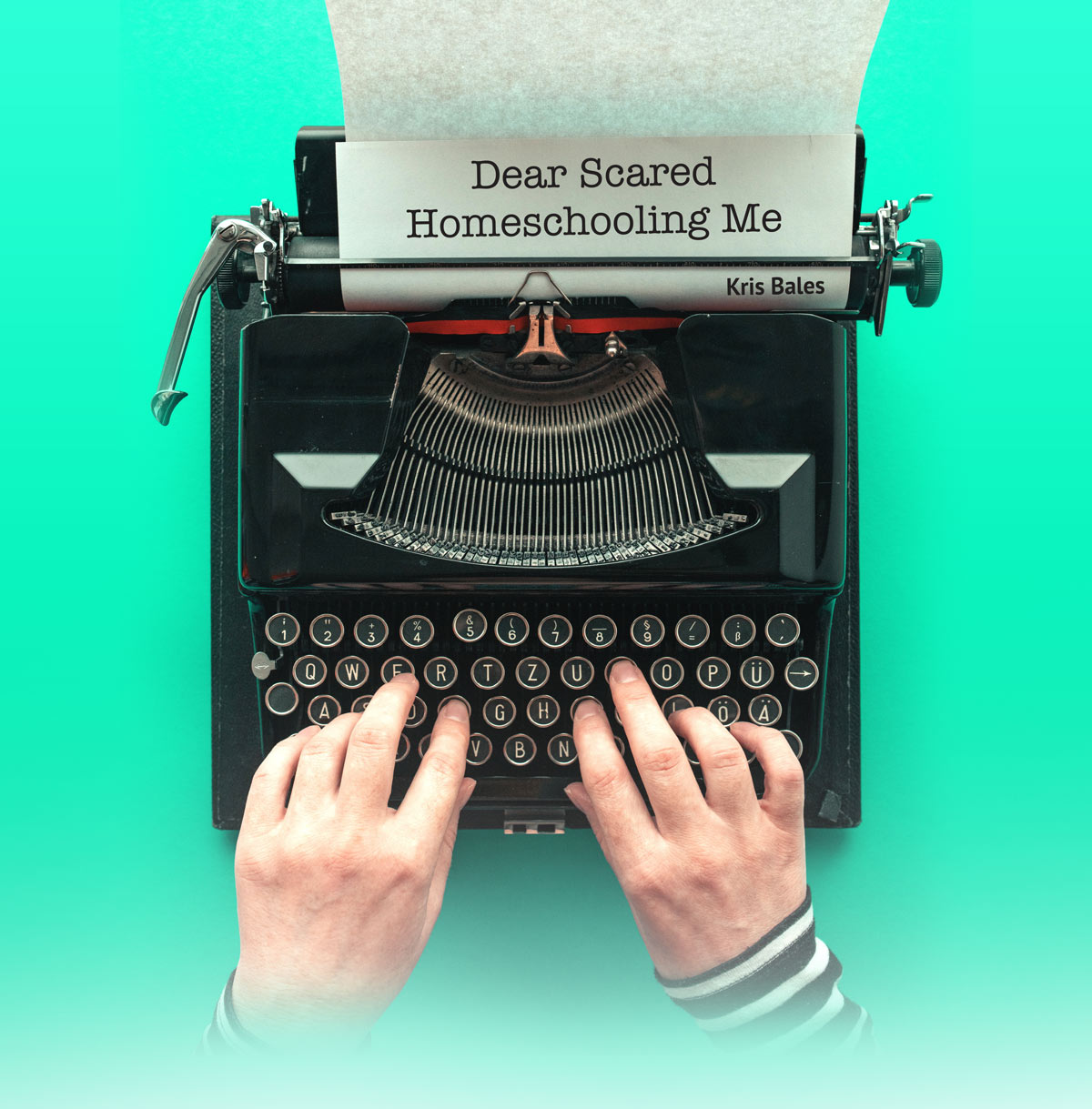

Those are words I often hear others use to describe us, even though I don’t particularly associate any of them with myself. (Okay, maybe weird, but that’s not because I homeschool.)
One word you—and all the people who think we’re weird and patient—may not think of is courageous. While the term may not spring quickly to your mind, if you are a homeschooling parent, you are courageous. If I could explain that to my younger homeschooling self, here’s what I would say:
Homeschooling
Have you ever heard of the phrase, “Just because you can, doesn’t mean you should”? That resonated with me as we experienced the early months of 2020. Almost all activities came to a grinding halt as we put our world on hold to see what direction a certain virus would take.
I have to be honest; I actually enjoyed the simpler and slower life this allowed.
As an older mom with only two out of our eight kids left at home, it was reminiscent of those years when all the kids were home. Because there were so many of us, we had to keep a certain amount of simplicity to our days. It was the only way I could manage to keep order and peace in our home and family life.
Homeschooling
Have you ever heard of the phrase, “Just because you can, doesn’t mean you should”? That resonated with me as we experienced the early months of 2020. Almost all activities came to a grinding halt as we put our world on hold to see what direction a certain virus would take.
I have to be honest; I actually enjoyed the simpler and slower life this allowed.
As an older mom with only two out of our eight kids left at home, it was reminiscent of those years when all the kids were home. Because there were so many of us, we had to keep a certain amount of simplicity to our days. It was the only way I could manage to keep order and peace in our home and family life.




Fear. It’s the most paralyzing, suffocating, and humiliating emotion we deal with as parents. You feel it when your teenager pulls the family car out of the driveway alone for the first time. You remember feeling it when they were a wee little thing just learning to walk. And you feel it all the time when it comes to the screens in your kid’s life. I know this from the thousands of interactions with parents at conferences, the emails I receive each week, and sheepish inquiries from parents on Facebook asking for a moment of time.
This fear we all experience manifests itself in destructive ways that we don’t readily see. We are afraid of what we will see if we check their devices, so we ignore the urge. We are afraid of looking stupid because they know more than we do about every app, video game, and meme, so we don’t bring up the subject. We are afraid of overreacting and “messing up” our kids, so we let small instances of unhealthy behavior continue. I know because at some point or another I have done all of these. I’ve felt that wave of regret, frustration, disappointment, and anger—all directed at myself for not being willing to do what needed to be done. You’ve felt it too.
There are two truths that I want you to embrace and remember when you start to feel those fears.
the Winding Road Together
Mother
the Winding Road Together
Mother
Mother

My math journey was a winding road, often filled with tears. The tears came because it was frustrating for a little girl to try so hard to understand something and struggle through each lesson. My mom was a huge help to this struggling learner. She always made sure I knew it wasn’t my fault if I didn’t “get it”—she was just going to find another way to explain the concept. We used manipulatives, apples, various curricula, etc., and there are so many more options available now. Being a word person, I think that if Life of Fred had been around back then, it would have helped me a great deal. Mom even brought me hot chocolate during math from time to time since she knew it was a difficult subject for me.
I was three grade levels behind in math for many of my younger years. I never knew that, though. Mom had this determination about my schooling. Since I have a learning disability, it would be what I needed, nothing more, nothing less. And whatever that looked like was okay with her. I’m sure there were times when she worried and fretted over things, but she never let those times of worry dictate her decisions.


With the invention of the telephone came instant communication. Not ticks and dashes translated into letters, but simply using your voice. I imagine that at first people felt strange talking into a machine and then expecting a reply. Now, we don’t think twice about it, but during Alexander Graham Bell’s time it was borderline insanity.


With the invention of the telephone came instant communication. Not ticks and dashes translated into letters, but simply using your voice. I imagine that at first people felt strange talking into a machine and then expecting a reply. Now, we don’t think twice about it, but during Alexander Graham Bell’s time it was borderline insanity.


• Inspires a Love of Learning
• Produces Independent Thinkers
• Nurtures Curiosity
• Easy to Teach

 became ill. Her recovery hung in the balance, and we realized she could no longer live alone in her apartment. My high schooler wanted to help secure appropriate care for Grammy’s health needs. I feared my daughter would get behind in her schoolwork, yet I knew the value of real-life learning and saw her immense passion to help. My daughter loved her great-grandmother and wanted the best for her.
became ill. Her recovery hung in the balance, and we realized she could no longer live alone in her apartment. My high schooler wanted to help secure appropriate care for Grammy’s health needs. I feared my daughter would get behind in her schoolwork, yet I knew the value of real-life learning and saw her immense passion to help. My daughter loved her great-grandmother and wanted the best for her.
After a discussion, we agreed our daughter should contribute to Grammy’s care. We did not want fear to keep us from the most important things. From that moment on—though I had my concerns about the time involved—my daughter:
- Accompanied my mother and me on five facility tours
- Attended meetings with care professionals
- Sampled food in dining areas
- Sat in conversations with financial advisors
- Interacted with memory care patients
- Listened to critical care needs when they arose

Donna Krahn and Deanne Crawford
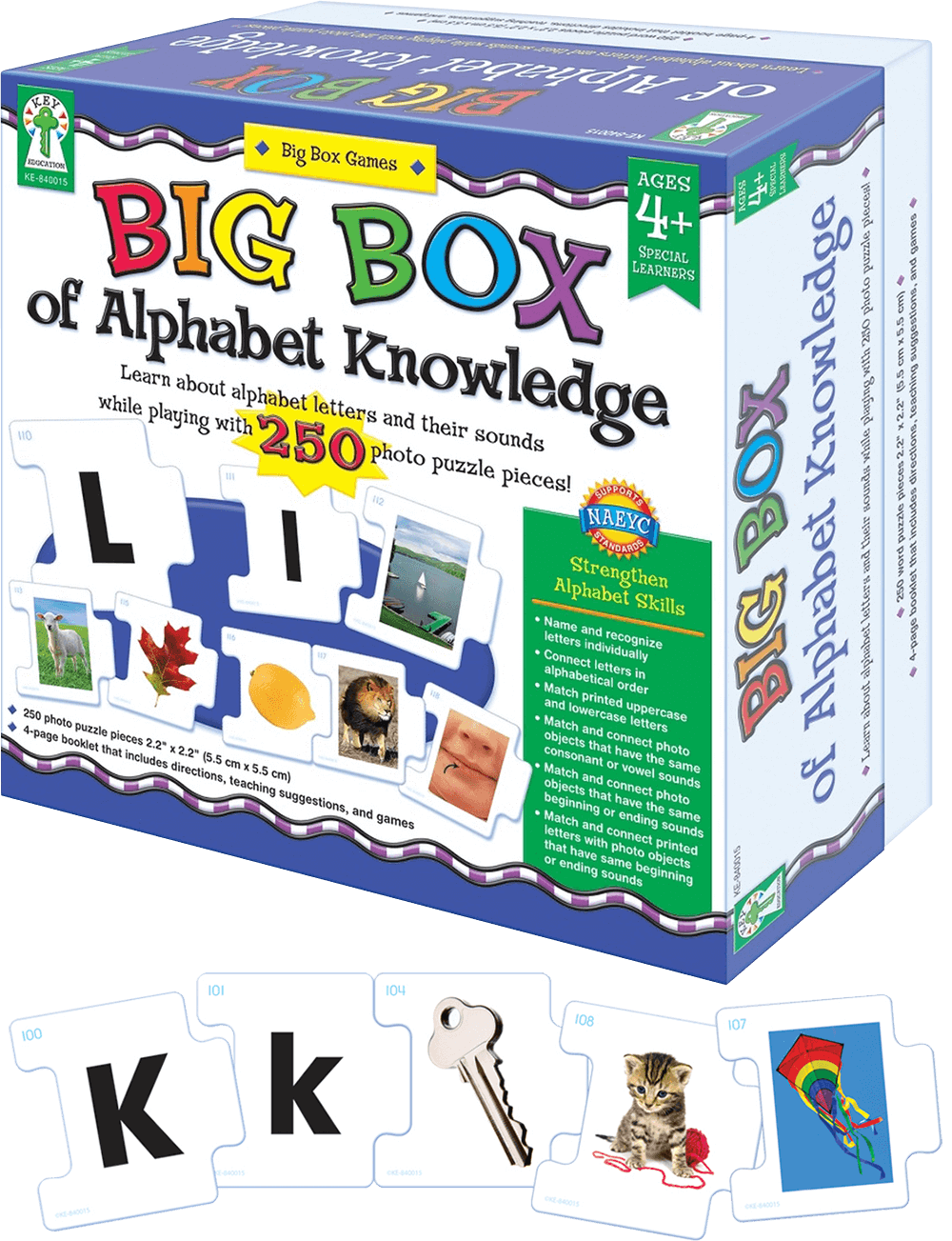

homeschooling wife
Today, I’m working on my cargo trailer that we’ve hauled around the country for the last fifteen years. It’s a great little trailer, but it’s starting to look a little rough and the side running lights have stopped working. I thought I’d use the time before the world goes back to normal—and it will—to get it fixed up and ready to roll.
My plan is to remove some of the inside and outside panels to get to the wiring and possibly run new wires through the walls. My first stop will be YouTube to watch someone else do it. I could try to wing it, but why? Last week I replaced the brakes on our Suburban. In the past, I’d just dig in and wing it, but I always came close to breaking something that I hadn’t counted on. This time, I watched a three-minute video and changed the brakes lickety-split.

Co-Executive Editors
ART & DESIGN DIRECTOR
COPY EDITORS
Layout Contribution
Subscription Inquiries
ADVERTISING
WEBSITE
ADDRESS
PHONE
Ashley Wiggers
Kay Chance
Alex Wiggers
Michelle Skidgel
Michael Bozeman
info@homeschoolingtoday.com
advertising@homeschoolingtoday.com
www.homeschoolingtoday.com
PO Box 1092
Somerset, KY 42502
(606) 485–4105
We welcome submissions from Christian writers on practical teaching ideas as well as those involving or encouraging homeschooling. Please see our Writers’ Guidelines on our website: www.homeschoolingtoday.com/write-for-us/
Homeschooling Today magazine reserves the right to refuse without explanation any advertisement it deems unsuitable.
Homeschooling Today magazine is published four times per year by Paradigm Press, LLC., PO Box 1092, Somerset, KY 42502. Subscription price: USA $19.99 prepaid. Canada $39.99 prepaid. Digital edition $17.99 prepaid.
of Paradigm Press, LLC.
©Paradigm Press, LLC. All rights reserved.
This material is protected under the copyright laws of the United States and International Treaty. Reproduction of any portion without the written permission of Homeschooling Today is expressly prohibited.
The views and opinions of any or all of the various authors are not necessarily those of Homeschooling Today magazine, its publishers, or editors, and no representation as to the accuracy of such is made. Every effort has been made to verify that all websites mentioned as resources throughout Homeschooling Today magazine are appropriate for Christian families. However, we urge parents to check the sites themselves for content and always exercise extreme caution before allowing children to access the Internet unsupervised.
www.homeschoolingtoday.com.” E-mail notification of reprint to us at info@homeschoolingtoday.com.




